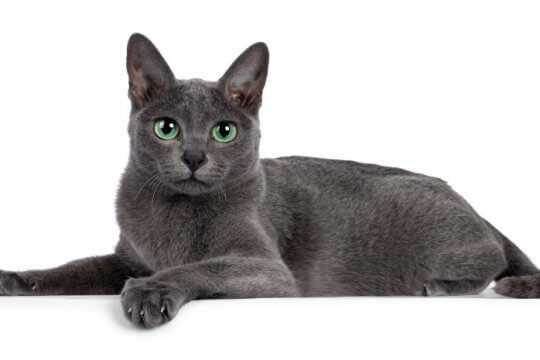Your Cart Is Empty
✖No products in the cart.

Thailand
10"-14"
6-10 pounds
12-15 years
Enchanting, strong-willed, alert, active
Si Sawat cat, Malet cat, Good Luck cat
Medium-sized short-haired
$400-$2,000
Korat cats cost between $400-$2,000.
Korat cats tend to be medium in size. A fully grown Korat cat might weigh between 6-10 pounds or more and range in height anywhere from about 10"-14" inches tall.
The Average lifespan for Korat is 12-15 years.
Korat are short-haired cats. Therefore, they do not shed as much as long-haired cat breeds.
Amidst the realm of feline diversity, reside the distinct breeds that captivate our attention. Feline inhabitants create a harmonious symphony of fur, whiskers, and personalities that enrich our lives
© 2024 CATLIVES. All Rights Reserved.